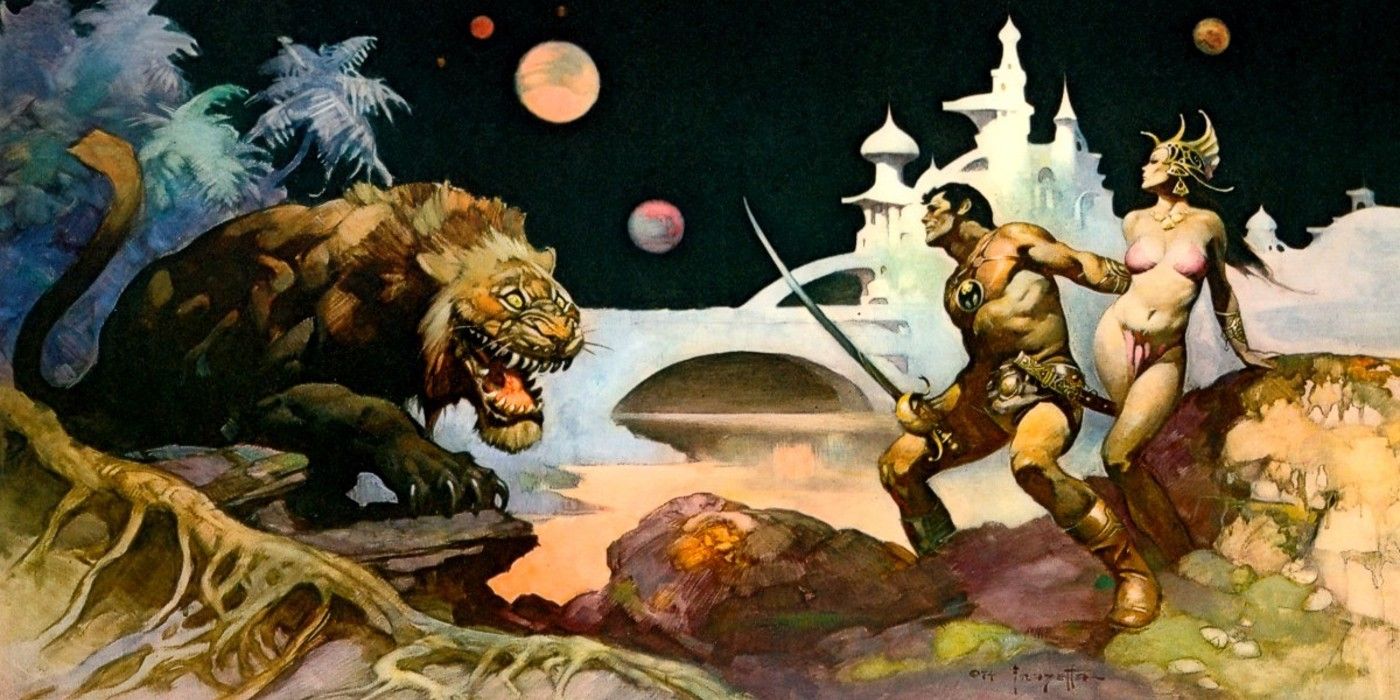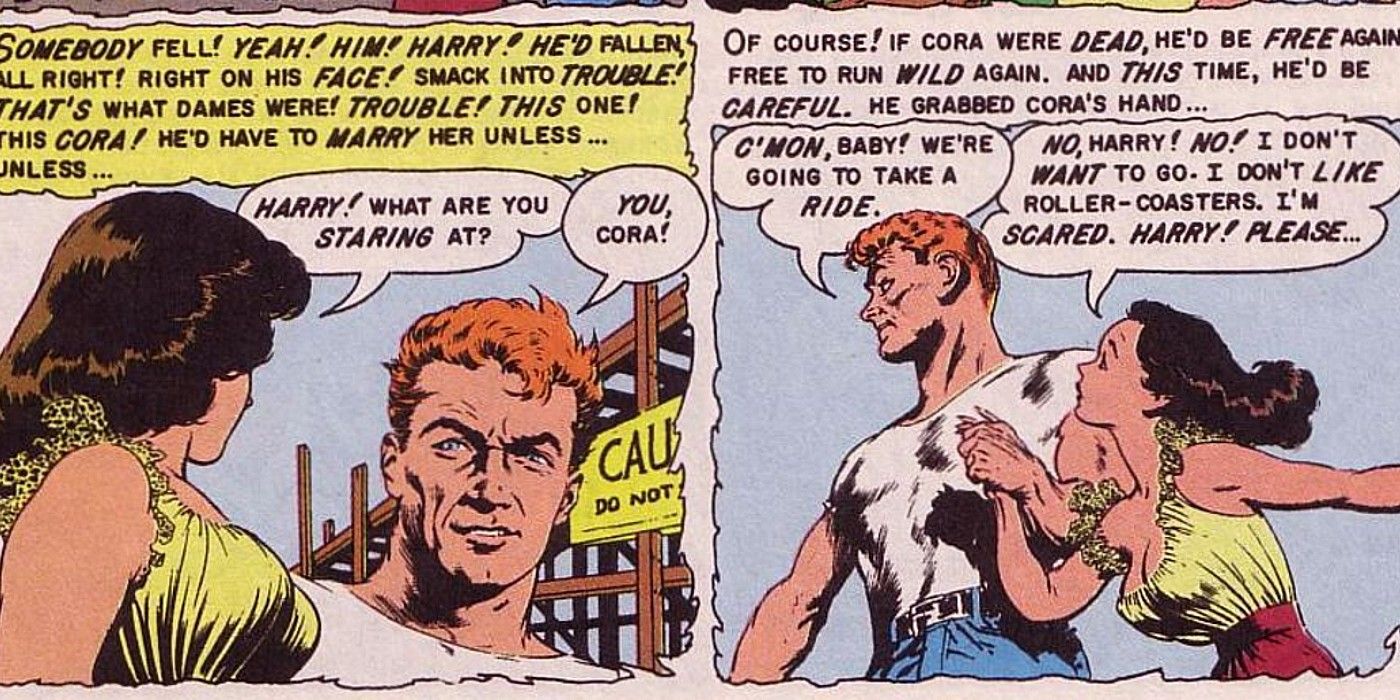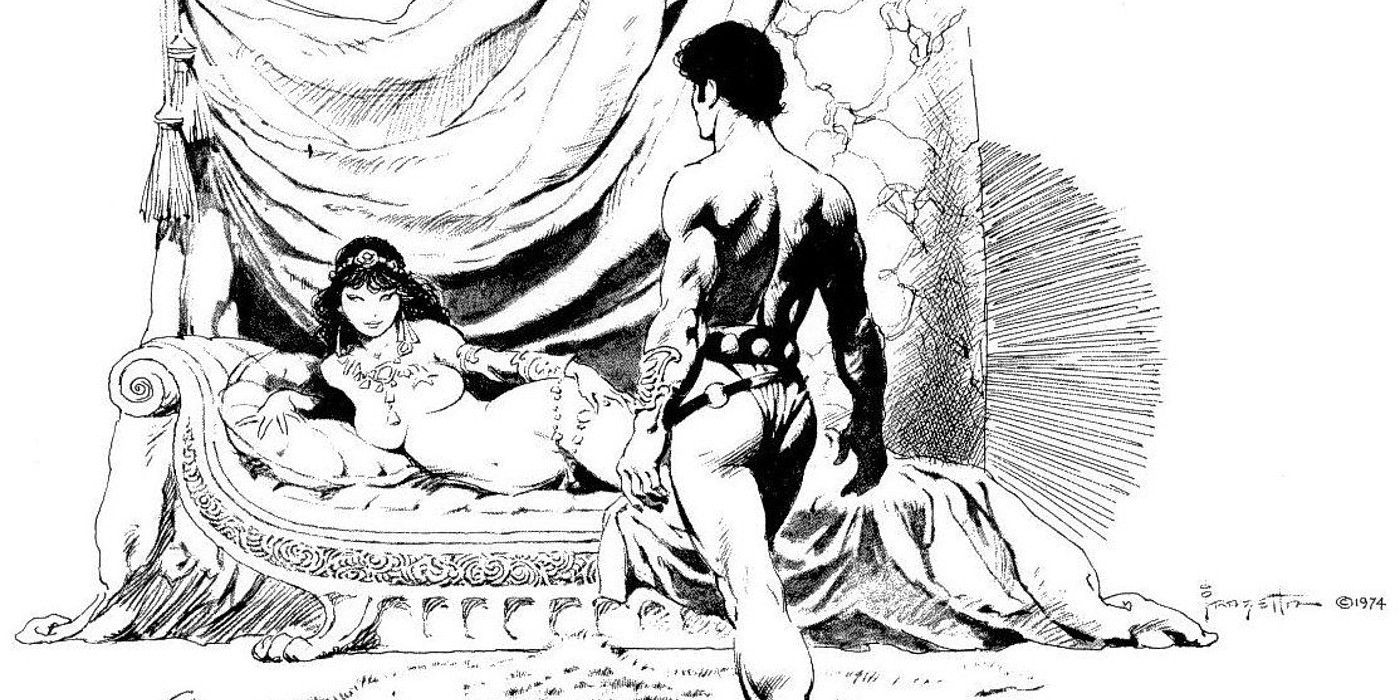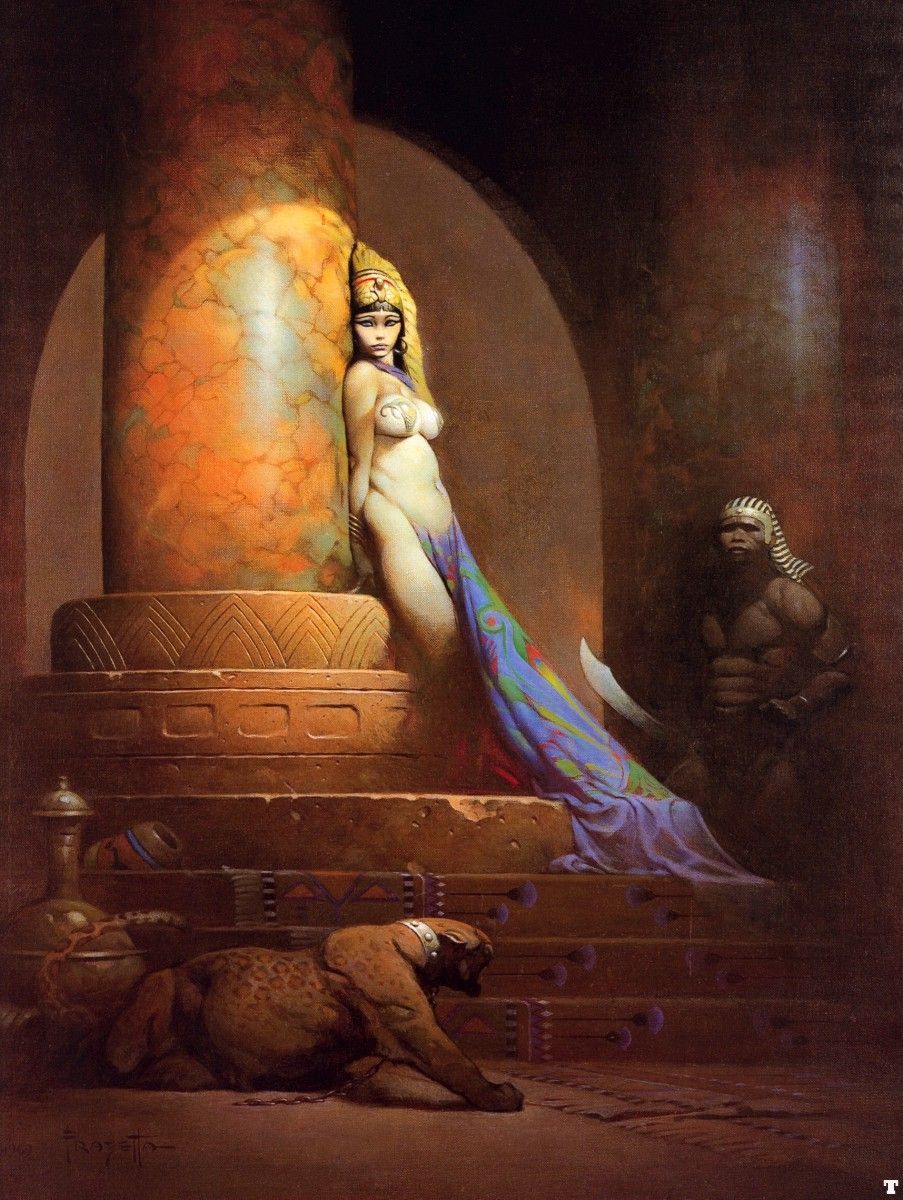Everything has to start somewhere, and perhaps no more accurate point exists for the birth of modern science fiction and fantasy than from the brush of Frank Frazetta. A dedicated draftsman with a lavish creative spark, Frazetta’s bombastic vision blended Jungian psychology with contemporary pulp fiction of the early 20th Century, and influenced almost every major creator of the speculative fiction genre after, from George Lucas to George RR Martin. His work, often depicting lithe (and scantily clad) lasses and strapping, sinewy heroes, provided direction and inspiration for all those who came after in the realms of spaceships and sword-and-sorcery, but perhaps his greatest contribution to the arts was his ability to blend fine art techniques with dime-store shlock of the times, a trend he fostered which would eventually lead to the mainstream acceptance of these oft-bastardized genres in film, television, and art. It’s possible no counter-culture artist has ever done more to popularize fantastical fiction, and that is why Frazetta will always be the godfather of fantasy art.
Frazetta was born in Brooklyn in 1928 and grew up reading the comic strips of Hal Foster and Alex Raymond. Particularly enamored with the delicate line work and technique Foster utilized on such strips as Prince Valiant, Frazetta began professional work in comics at the age of 16, a medium he would later abandon for more commercial work in painted book covers for adventure story luminary Edgar Rice Burroughs (Tarzan, Conan the Barbarian). Frazetta eventually found his way into EC Comic’s stable, mostly providing inking for his friend Al Williamson, but occasionally finding himself as a penciler as well, most notably in EC’s ShockSuspenstories #13 story “Squeeze Play”, his only story for the publisher. Even in this early work, facets of his fabulous attention to detail and painterly techniques come straight to the fore, including his sexually heightened, yet realistically grounded depictions of idealized men and women.
Frazetta would draw comics only briefly, as he disdained of taking work from publishers where he lacked ownership of his own art, but would rise to fame as an artist of fantastic book covers and inner illustrations. His most famous work of the time, that being his covers for Conan the Barbarian, would have a direct influence on not only the fame of the character, leading to the debut of Arnold Schwarzenegger in the John Milius 1982 film, but would directly inspire the imagery used in the promotion of 1977's Star Wars.
But it is not his influence that makes Frazetta truly special. What makes Frazetta such an important part of the cultural heritage of the 21st Century is his capacity to distill the primal impetus of fantasy storytelling into its most concentrated, often sexual form. While he would describe his subject-matter as “hokey” at times, he was a master of his craft not only due to his adherence to renaissance-era disciplines of Rubens and Raphael in his painting but also because of his preternatural ability in composing the peak-dramatic images of the alien worlds his mind’s eye conceived. Frazetta mastered the ability to communicate an entire story in a single image, and despite the psychologically harrowing scenes he would create, always managed to deliver his escapist fare with enough levity, wonder, and realism to translate the warm human heart beating at the core of his work. This allowed his unrestrained spark to draw breathtaking scenes of gory carnage and terrifying violence the likes of which had never been put to page in stunning realism, yet teeming with natural beauty.
What Frazetta’s greatest achievement might be is taking the cheesy, if not imaginative, worlds of boy’s adventure stories, like the space explorer John Carter of Mars by Burroughs, and depicting them with such raw, sexual energy that it elevated these somewhat hackneyed characters from simple child’s fantasy to the level of modern myth. These were reflections of the contradictions within Frazetta’s own artistic vision: voluptuous heroines and muscle-bound heroes endowed with an irresistibly compelling psychological impulse, relatable yet impenetrably mysterious, through his skill in blending the abstract, adrenalin-fueled experience of his heroes with the grounded, representational fine art style of the old masters. There is both a complete submission to the physical and psychological reality of the worlds he creates as well as utter, nigh-unimaginably wondrous escapism, melding together in his compositions in seamless coexistence.
A tremendous example of this ethic would be in his 1969 painting “Egyptian Queen”, originally the cover for Warren Publishing’s black & white horror magazine Eerie #23, which sold at auction for $5.4 million in 2019. The painting depicts the titular queen leaning upon a column in her palace, a pet leopard at her feet, looking off just to the left of Frazetta’s angle as what is presumably her guard stands with sword drawn. The slightly off-skew angle is the most prominent aspect of the work, holding the lissome queen at center, with the column rising sturdily to her left engendering a kinetic movement to the scene which directs the viewer’s eye to more closely examine the lushly shadowed and shaded scene. Gradually, there’s the discovery of a subtle narrative, a third character is present, some off-frame visitor (substituting for the viewer) to the queen’s chamber which directs her strangely inscrutable gaze. While the guard appears brandishing his weapon, his expression seems confident, smug almost, hinting at a sorry fate for this possible intruder should their intentions prove unvirtuous.
The queen, vulnerable though she might seem, is both an object of this unseen character’s desire and the ultimate arbiter of this character’s fate, holding immense power. The scene, therefore, carries both an oblique sexual metaphor, brilliantly imagined and executed, and yet also an unsolvable riddle as to the ultimate meaning of this image which cannot be answered save for the viewer’s own perspective and only serves to invite more engagement with the piece in search of an answer.
Frazetta’s absolute pinnacle of influence in the comics realm would likely have been in the 1990s, as the cadre of his stylistic imitators burgeoned to include many storied artists, some fortunate such as Jim Lee and Marc Silvestri and some less-so such as Rob Liefeld. Few could claim to have the elegant touch of his line work, nor the deeply-ingrained psychological nuance which imbued such timelessness in his artwork. Nevertheless, the art of Frank Frazetta continues to influence artists to this day, and with a series of new covers appearing to grace Heavy Metal Magazine coming in 2021, Frazetta continues to be a major cultural influencer a decade after his death.




